The historical flavor
of the area remains in Omi-Hachiman where groups of Japanís important traditional
buildings are preserved, making them excellent places for a stroll. The
architectural works of Vories erected in the early 20th century are an
important feature of the town.
The Omihachiman Riverside District
was selected as the most prestigious Important Cultural Landscape established
in 2006, and is often used as a location for movies and TV dramas.
A boat trip on the area's canals
would have given us some great views of cherry blossoms, white plastered
walls of the storehouses and the nostalgic townscape would have made our
visit worthwhile. For some reason our guide apparently had run out of time
and we moved on.
Atsuta Shrine is a Shinto shrine traditionally
believed to have been established during the reign of Emperor KeikO (71-130)
located in Atsuta-ku, Nagoya.
Atsuta Shrine was founded
to house the Kusanagi no Tsurugi, the ancient sword that is considered
one of the Three Sacred Treasures of Japan. This unique object has represented
the authority and stature of Japan's emperors since time immemorial.
During the bombings of World
War II, many of Atsuta Shrine's buildings were destroyed by fire. The shrine's
main buildings, such as the honden, were reconstructed and completed in
1955. Following the completion of these buildings, construction of other
buildings continued on the shrine grounds. In 1966 the Treasure Hall was
completed in order to house the shrine's collection of objects, manuscripts
and documents.
The shrine's Bunkaden, or treasure
hall, houses over 4,000 relics, which include 174 Important Cultural Properties
and a dagger that is a designated National Treasure of Japan. Atsuta Jingu
Museum preserves and displays a variety of historic material, including
the koshinpo (sacred garments, furniture and utensils for use of the enshrined
deities). A number of donated swords, mirrors and other objects are held
by the shrine, including Bugaku masks and other material associated with
ancient court dances. The Bunkaden collection ranges from ancient documents
to household articles. Aichi Prefecture has designated 174 items as important
cultural assets. Unfortunately, all we saw were a few chickens roosting
in the trees.
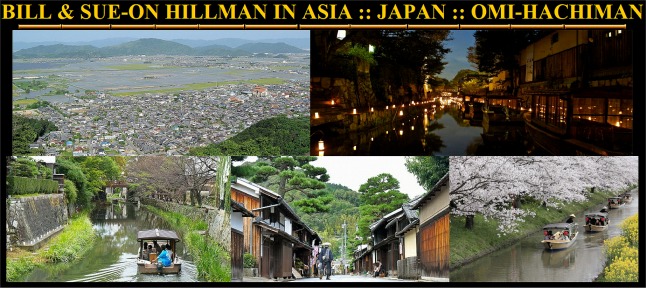
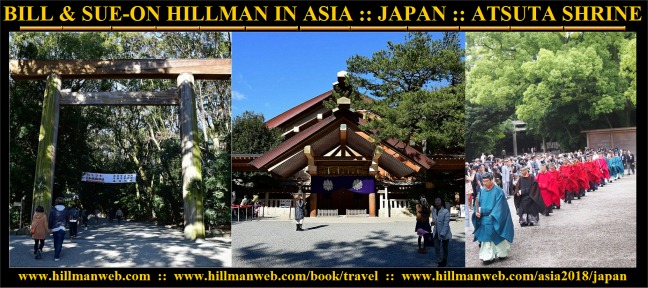


![]()
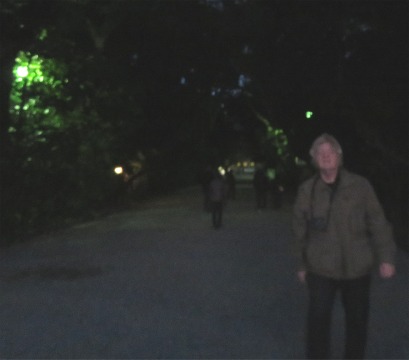
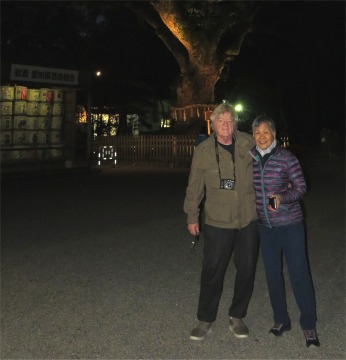
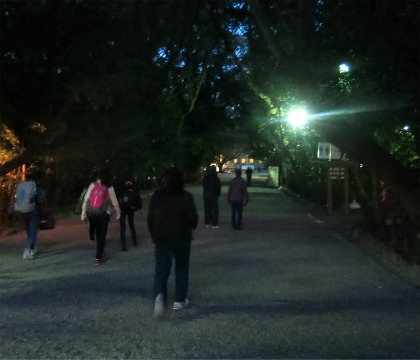
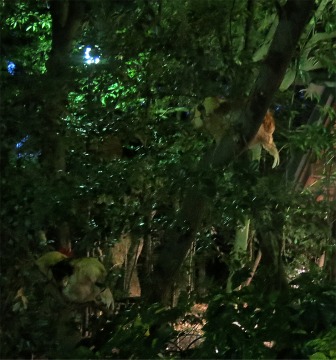
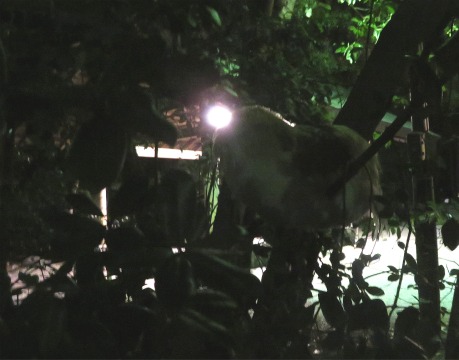 .
.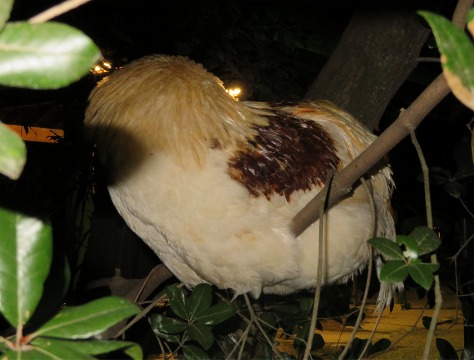
![]()


![]()

